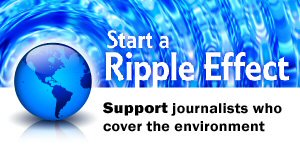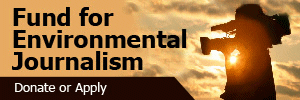Science Integrity Is About More Than Getting EPA Interviews

Freedom of access to government scientists is just one narrow facet in a worsening crisis in scientific integrity at the U.S. Environmental Protection Agency. The new WatchDog Opinion argues that whether it’s about self-interested industry lobbying over climate change or the regulation of chemicals, there’s an assault on science itself — and the news media has a role to play.





















 Advertisement
Advertisement 



